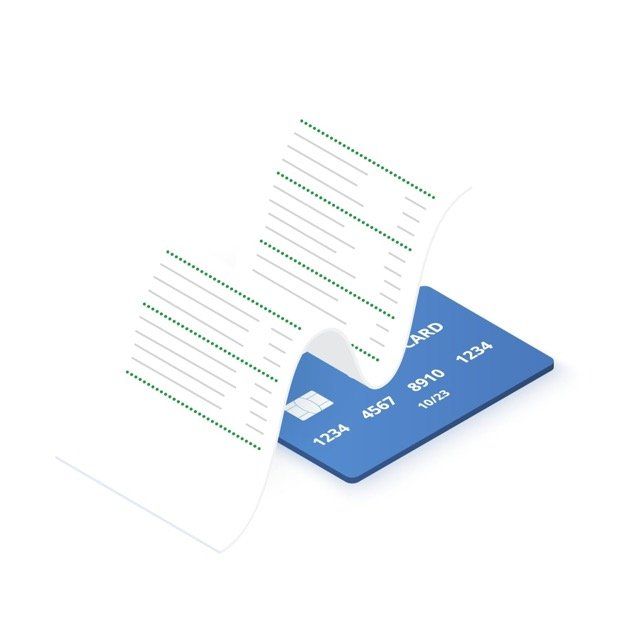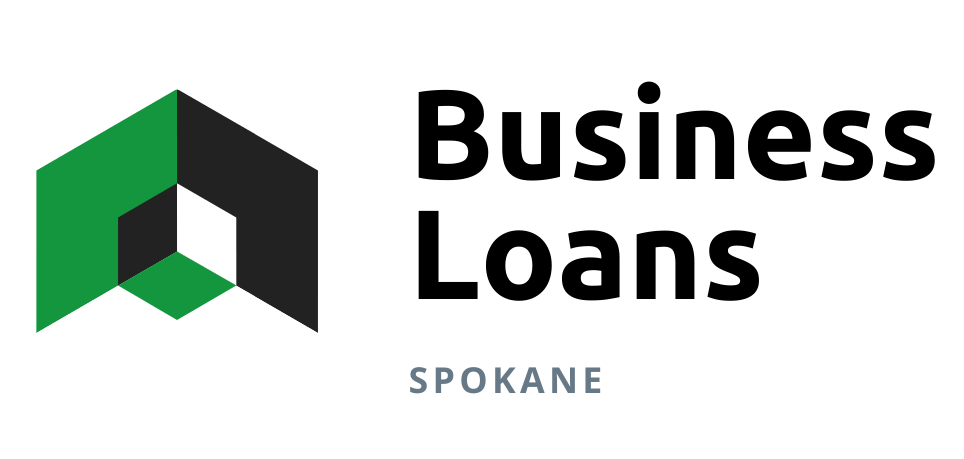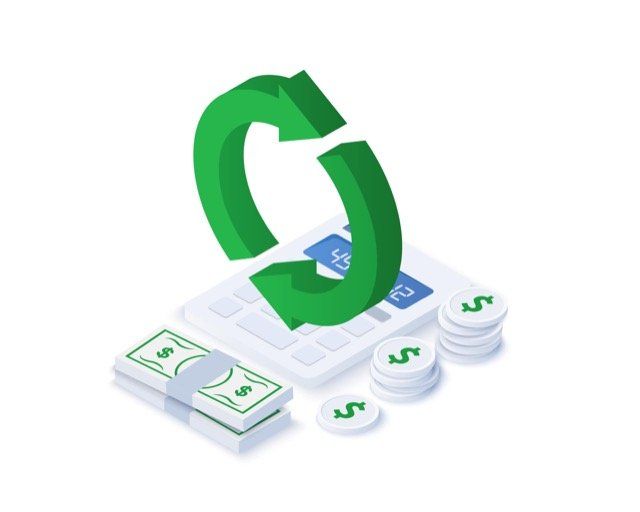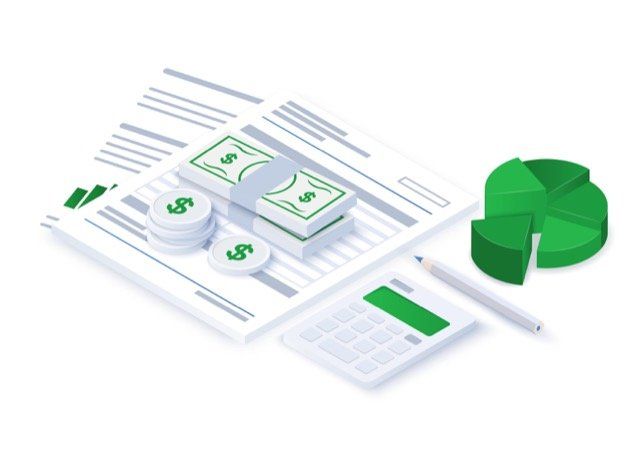The 5-Step Guide To Financial Recovery After COVID-19
The 5-Step Guide To Financial Recovery After COVID-19
Improving your operations and adapting your business model can help your small business survive the post-pandemic crisis that is occurring. However, finding the cash to do so may be a stretch, which is why business loans are on the rise.
The truth is, it is the unique nature of the COVID-19 crises that poses a set of challenges for small businesses as they try to recover. In reality, many businesses still face muted demand, low customer expectations and operational challenges because of the current restrictions and new strains.
Making Extreme Changes To Survive
One thing we know at this point is that recovery takes time. If we take the 2008 recession as an example, we will see that large companies recovered their contribution to GDP in an average of four years, while smaller ones averaged six years. How long it takes for the current recession is based on both your economic vulnerability to the COVID-19 response and the macroeconomic outlook in your industry.
There are plenty of small businesses in the United States that will need to make extreme changes only to survive. By now, the broad theme is familiar with most large businesses:
- to protect the health and safety of their employees and customers
- to adapt their business models
- to invest in talent and technology
- to adjust their staffing models and labor practices
In order to make all of these changes at relative cost and with less working capital, businesses need to invest in the models and technologies to survive.
Adopting New Technologies Is Essential For Growth
Right now, it seems that the most effective way for small businesses to meet the new expectations is by designing effective contactless experiences.
Teams that work remotely have already seen a major difference in adapting and invested in new technologies to facilitate their day-to-day remote work. Restaurants that swapped menus with QR codes are enjoying the same benefits. Among retailers, eCommerce has been a big force – nowadays, Amazon, Etsy, and Instagram make it relatively simple to sell online and expand your audience.
However, even with all of these digital options, there is a cost to operating expenses. For example, you need to pay to have photos of your products or invest in new technologies to sell or showcase your services online. The bottom line is that for many small businesses, adopting these new technologies will require significant changes. Additionally, there are other investments that might become necessary.
Survival Of The Fittest
The survival of small businesses across the economy requires new business models and solutions that only few have the resources to finance. The pandemic has exposed a lot of weaknesses that businesses have built over time, and the next normal could impose additional burdens.
Adapting to such challenges will require that small and medium sized businesses invest in new technologies, discover new operating models, and adapt their workforce. However, that is not easy and requires an economy-wide effort to provide additional financing, restore the demand, and improve their capability and resilience.
While getting back to the pre-pandemic standard will take some time, businesses need to embrace financing and show their optimism for the future. The good thing is that being present during this change can only allow businesses to strengthen the levels of consumer confidence and spending patterns in their audience.
5 Steps Towards Small Business Financial Recovery After COVID-19
As we mentioned above, it will be several years until we fully realize the impact of the pandemic. However, what is clear at this point is that businesses face an uphill fight. If you are in the shoes of a small business owner, here are five steps you can take to recover and foster growth.
Assess Your Financial Damage
The first step to rebuilding in the wake of the pandemic is to determine how deeply your business has been impacted. Update your financial statements and compare them to last year. The damage might be big, or small, depending on your sales, profits, and cash flow. Analyze your documents and determine the overall damage.
Determine Your Obligations
Next in your plan is to determine your obligations. If you recently reopened your doors, you need to educate yourself about the new regulations and consider the steps you need to take, and the investments you may want to make. It is likely that your business requires both physical and operational changes in order to survive.
Rework Your Budget
Establish a realistic timeline for rebuilding your budget. You may need to spend some money before you can make some money so it could be worth investing in a term loan. Ask yourself whether you need new hires, inventory, marketing technologies and budgets, etc. Doing everything at once probably won’t be possible, so you should prioritize jobs and expenses, and then build a timeline for action. Be realistic and prudent, and try to secure capital before you initiate your plan.
Consider If/How Much Funding You Need
Most small businesses find that they need some liquid capital to jump-start their way out of the crisis. The best way to see how much funding you need is by consulting with an expert. Our team at Business Loans Spokane can help you recover, rebuild, and ultimately achieve your business goals through corporate financing.
Create A Contingency Plan For The Next Crisis
We all hope that the COVID-19 pandemic is a once-in-our-lifetime crisis. However, disruptions to small businesses are inevitable and once you are back on your feet, you will need to think about future shocks and worst-case scenarios. The more you do to prepare for what might come down the road, the better your odds are of not only surviving, but also thriving during challenging times.
In the end, looking beyond the chaos and adapting to the current situation is the only way to grow and succeed. Focus on your fundamentals and even if you need to “get back to basics,” do it diligently to find new ways to live and work.
Applying is free and will not affect your credit score.
Contact Us









